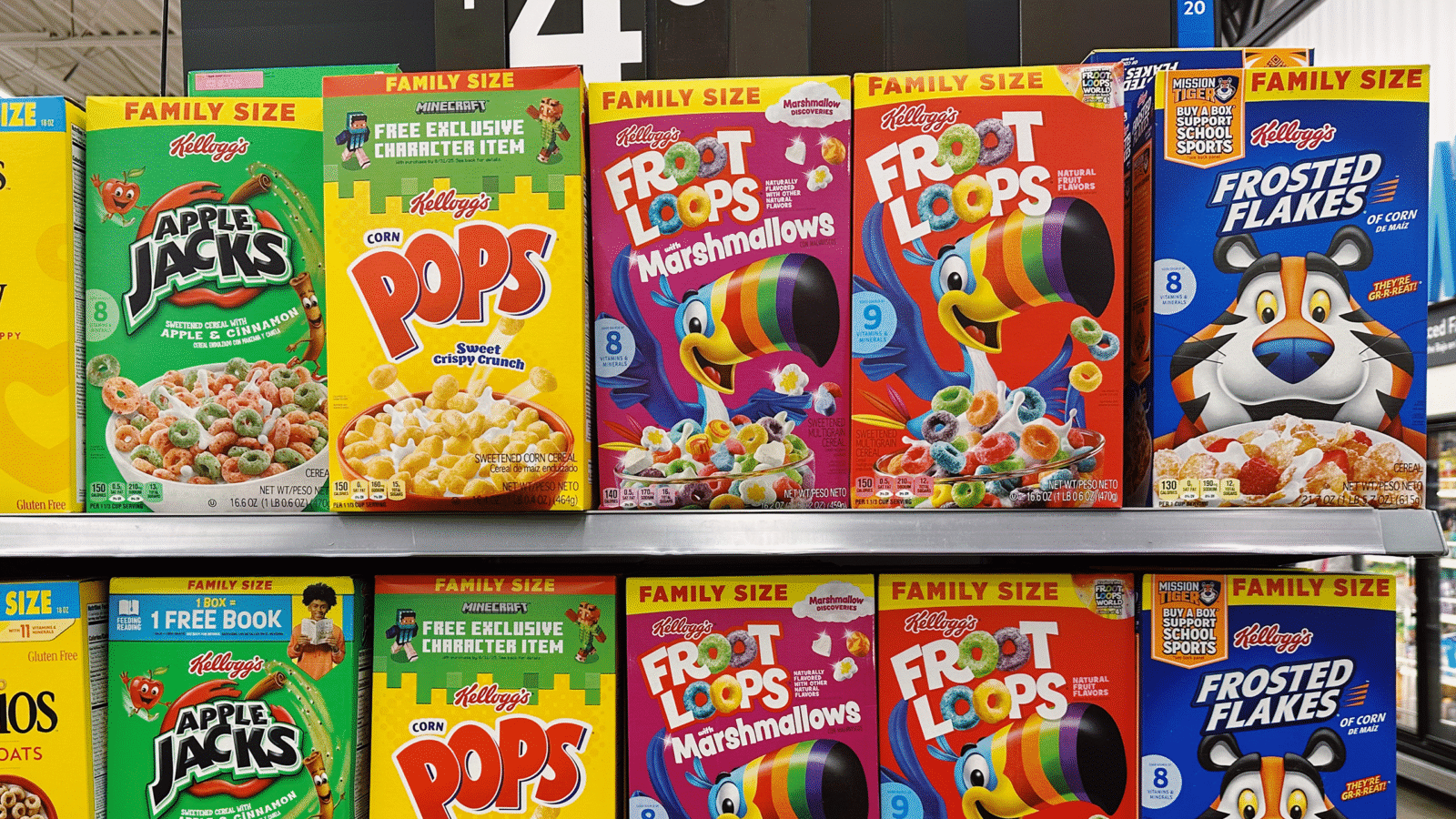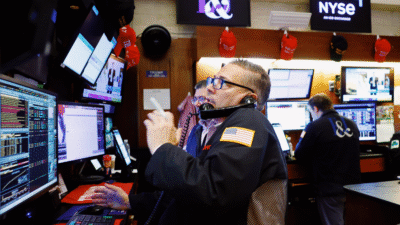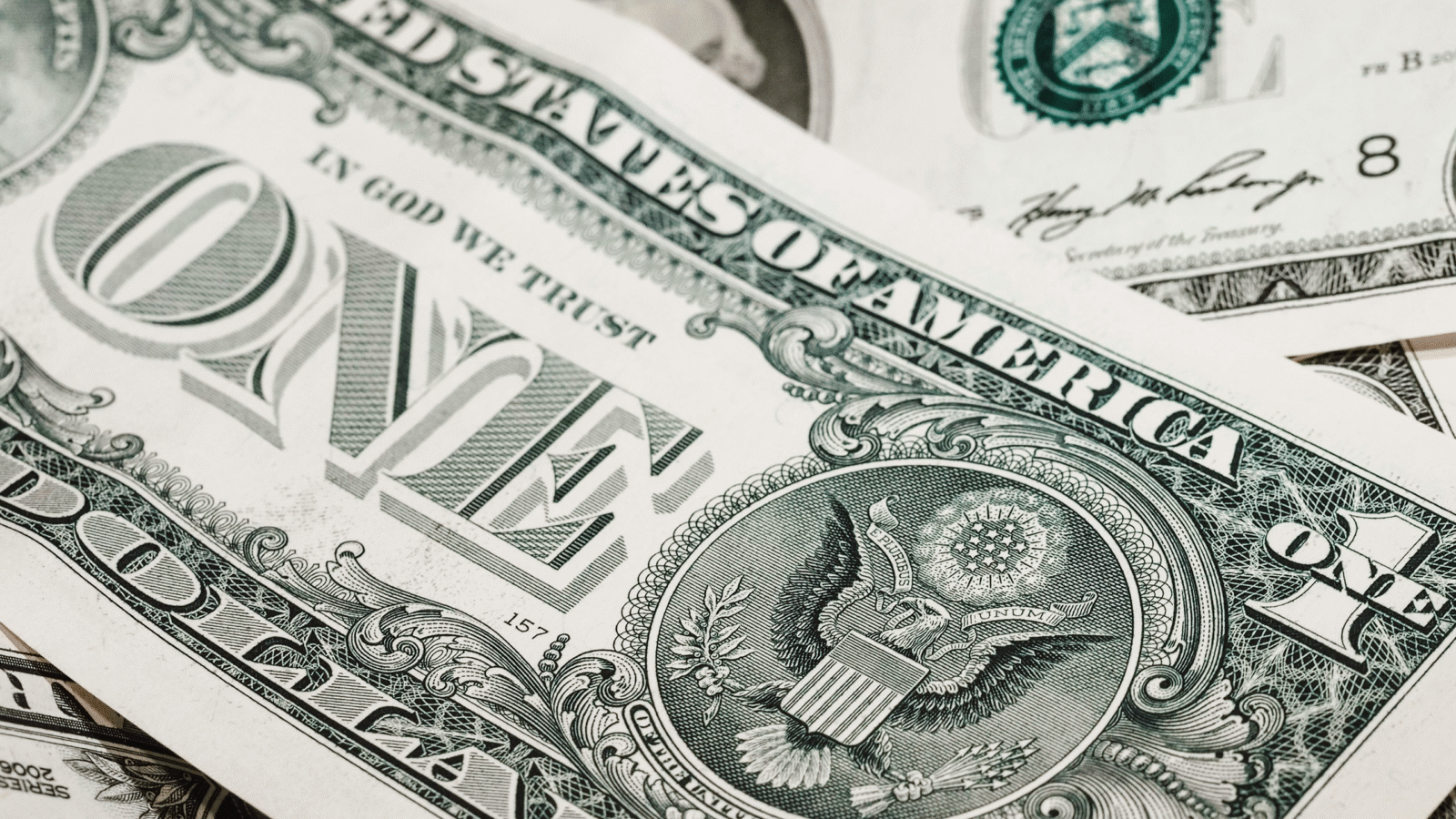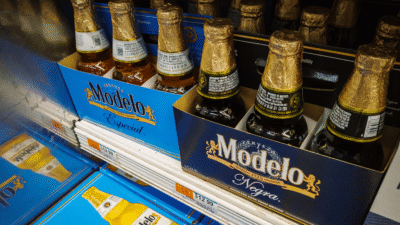Coffee and Chocolate Are the Reigning Commodity Kings
The tight supply of both beans meant trading prices were extremely volatile, and the result was that cocoa almost tripled in price last year.

Sign up for smart news, insights, and analysis on the biggest financial stories of the day.
We’ve got some really bad news for all you mocha drinkers out there: The price of coffee and chocolate is like your nervous system after you’ve overindulged in one or the other: It’s having trouble settling down.
Cocoa and coffee finished 2024 as the world’s fastest-gaining commodities for the second year in a row. The tight supply of both beans meant trading prices were extremely volatile, and the result was that cocoa almost tripled in price over the course of the year. So what does 2025 have in store for the jitteriest commodities on the market?
Climate Change and Tariffs: The Perfect Storm
The driving force behind whipsawing coffee and cocoa prices is climate change and the increasing extreme weather events that come with it. Crops that grow in tropical climes are particularly exposed, and businesses are already guarding against a less fecund equator. Starbucks has reacted by investing in coffee bean research and development, looking for ways to breed hardier crops. Rather than rely on botany, Hershey’s kicked the year into high gear by petitioning the Commodity Futures Trading Commission to let it buy a 90,000-ton mountain of cocoa beans, sources told Bloomberg.
We don’t yet know what weather events 2025 will bring, but an analyst report from ING predicted the market will remain tight for both cocoa and coffee. It did offer a glimmer of hope that cocoa bean supplies will return to surplus after being in deficit last year. However, 2025 will bring geopolitical storms as well as meteorological ones:
- At the end of this year, the EU is putting a new anti-deforestation law into effect that will place the onus on companies offering commodities in EU markets to prove that those commodities did not come from recently deforested land. The landmark legislation was originally meant to kick in last year and sparked a run on prices in the run-up to its proposed start date, but was postponed until the end of this year, so expect to see another caffeine high in December.
- US President-elect Donald Trump’s promised tariffs will also have wide-ranging effects on the commodities industry as a whole, and coffee and cocoa are no exception, given neither are grown in large quantities in the US. Hawaii is the only US state that has any commercial cocoa and coffee bean farms to speak of, though some farmers in California and Florida have tried growing coffee on a small scale.
Bittersweet: Despite cocoa’s incredible performance on the market over the past two years, some cocoa farmers are throwing in the towel, as reported by The Wall Street Journal. Cocoa farmers in Côte d’Ivoire and Ghana, the world’s biggest cocoa-producing countries, are paid fixed rates for their beans by the countries’ governments, meaning price spikes in the market didn’t benefit them even as they contend with a virus and bad weather obliterating crop yields.











